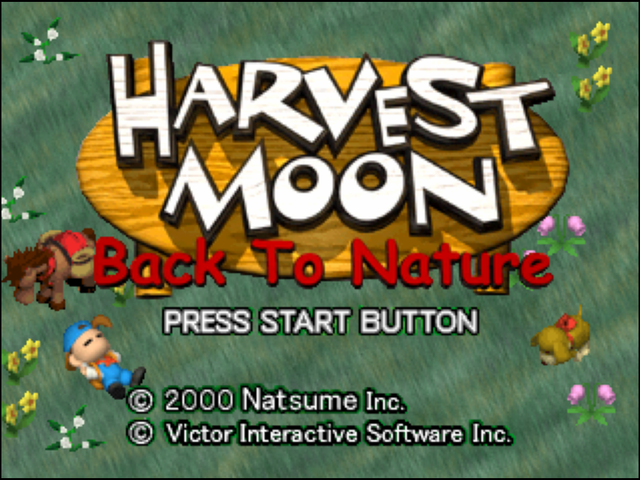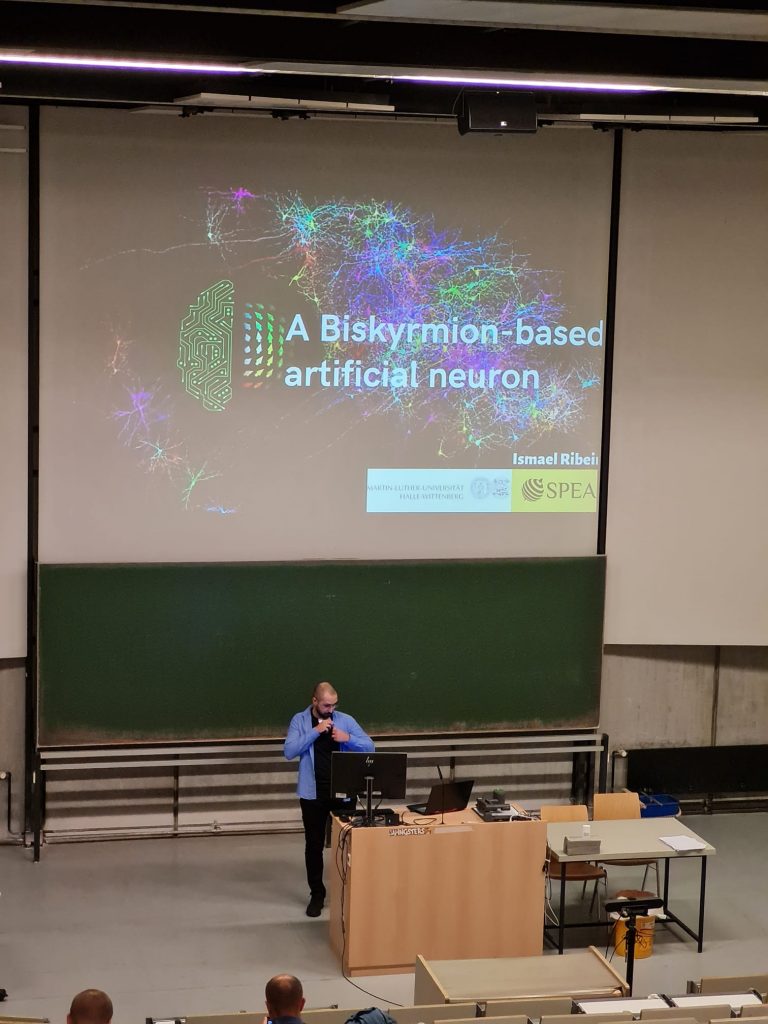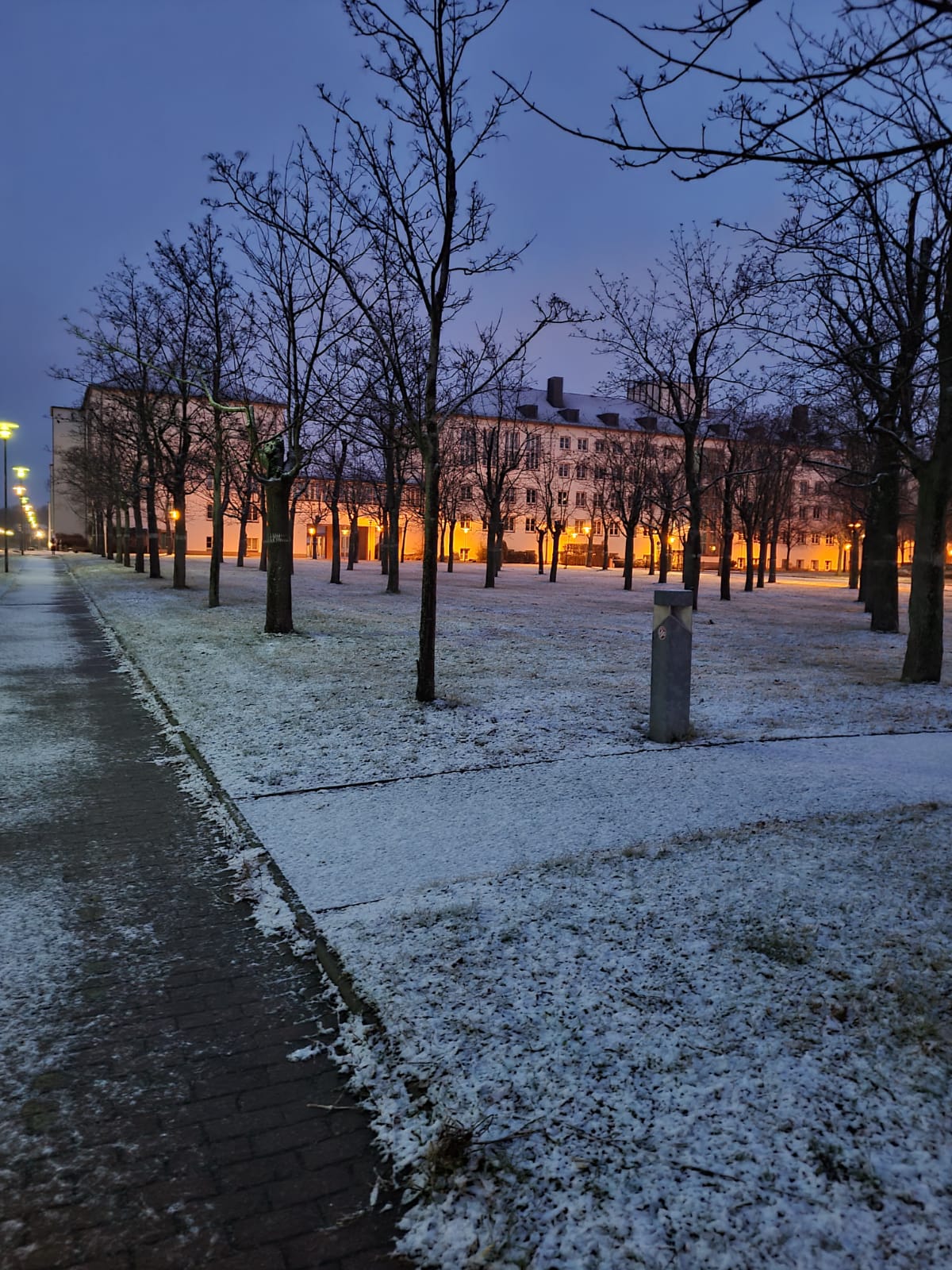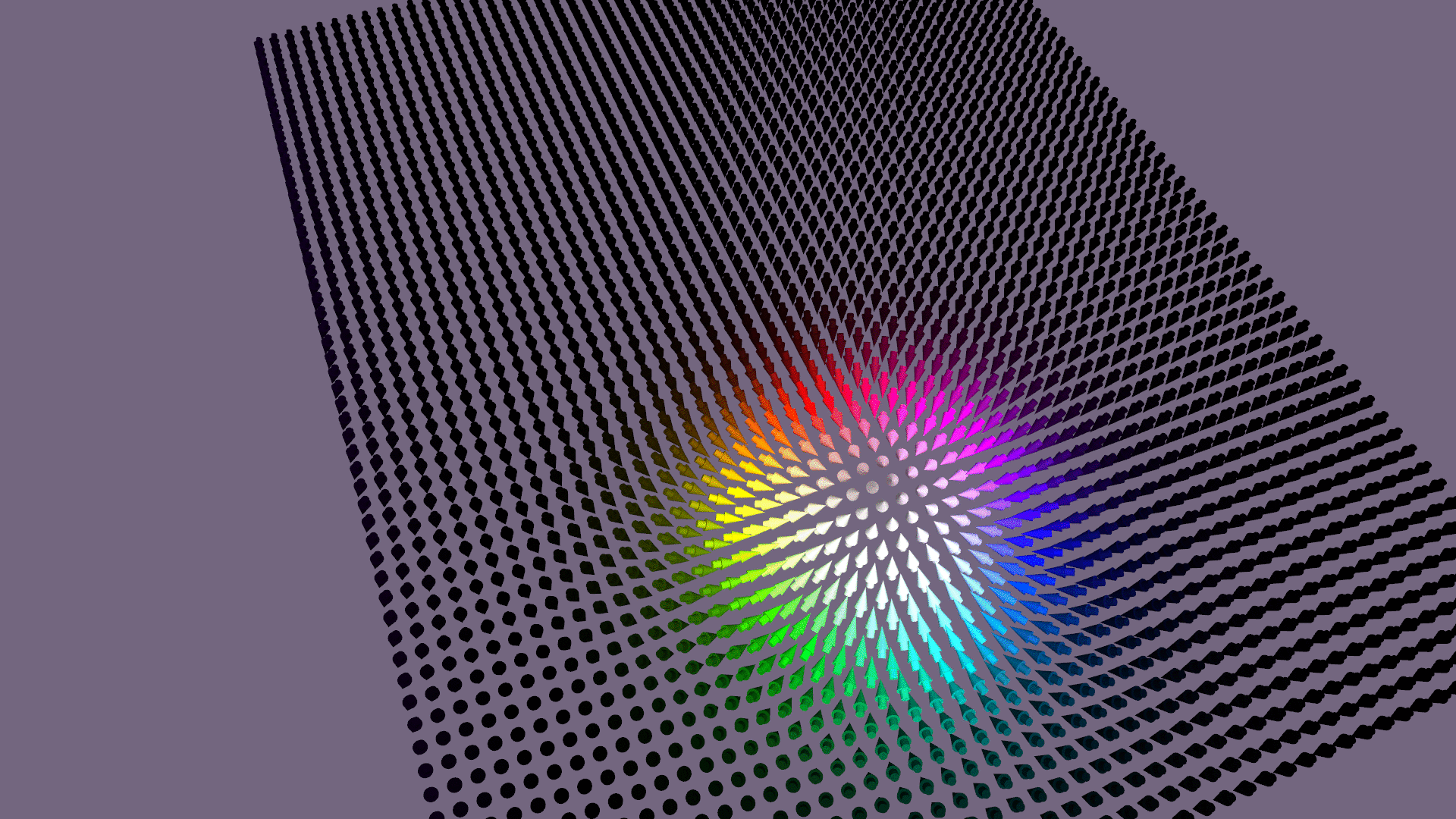Wow, what a year 2023 has been! It feels like that was just a week ago when I likened my life to a farming game in a blog [link to blog]. I’ve ‘harvested’ my efforts, as you can see in my recent paper [link to paper] and the picture I use to advertise this work below.
However, here it is – the final year of our ITN is upon us. As 2023 comes to a close, I find myself in a contemplative and somewhat melancholic state, reflecting on the past year’s journey. It’s been an incredible year, filled with treasured moments, as you can see in the collages below, showcasing snapshots from 2023 with the other ESRs and our ITN. Looking ahead to 2024, my wish is simple: for nothing to change. Yet, I know this is unlikely since our ITN will end, and I have to submit my PhD thesis and move on.
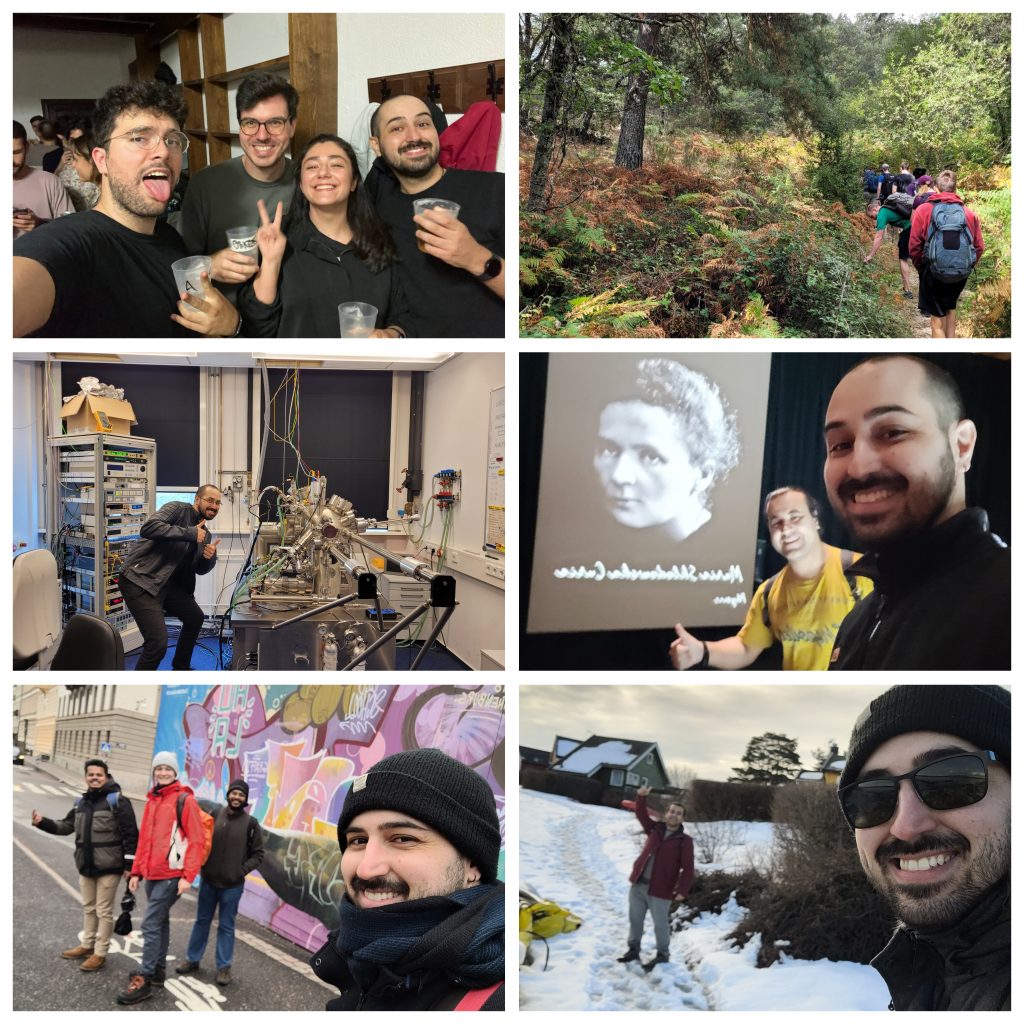
If you ever spend New Year in Brazil, you will notice a unique tradition: nearly everyone wears white. This tradition comes from a belief that the color of your clothes at midnight symbolizes your hopes for the new year. White, chosen by about 99% of people, signifies a wish for peace. Other colors represent different wishes – red for love, yellow for happiness, green for health, and so on. The specific meanings can vary, but the majority opt for white. As for me, known for usually wearing black, I’m not the Brazilian Johnny Cash, and it’s not an intentional statement. But during the New Year, I feel an urge to wear white, conforming to the local custom. Whether the colors we wear at midnight have any real effect, I can’t say – I don’t think so.
As far I know, there’s no meaning if you wear black – except that you are the gothic/emo teenager of your family. It may be time for me to start a new tradition. Wearing black on New Year’s Eve would bring a year where things stay just as they are. This would really come in handy; after all, I wore black last New Year’s Eve.

